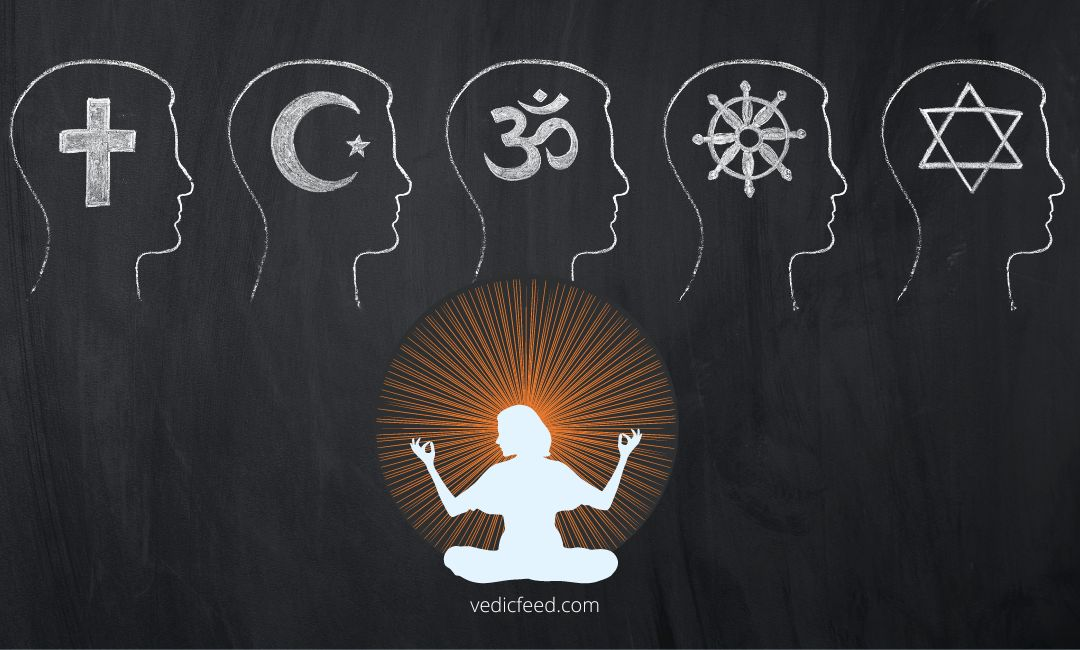Introduction:
In the realm of human existence, the quest for meaning and purpose has long been intertwined with the concepts of spirituality and religion. While spirituality and religion are often used interchangeably, they can be seen as distinct yet interconnected aspects of our quest to understand the mysteries of life and connect with something greater than ourselves. In this blog, we embark on a journey to explore the profound relationship between spirituality and religion, delving into their essence, differences, and the ways they shape our lives.
Defining Spirituality and Religion:
Spirituality can be viewed as a deeply personal and individualized experience, centered on the search for transcendence, inner peace, and a connection to the divine or higher power. It encompasses the exploration of our inner selves, the meaning of life, and the pursuit of ultimate truth. Spirituality can be practiced both within and outside the context of organized religion.
On the other hand, religion refers to a system of beliefs, practices, and rituals shared by a community or group. Religions often have sacred texts, doctrines, and organized structures that provide a framework for spiritual exploration and worship. Religion offers a sense of belonging, community, and guidance in navigating life's challenges. It provides a structured approach to spirituality, often through rituals, ceremonies, and communal worship.
The Overlapping Tapestry:
While spirituality and religion are distinct, they are not mutually exclusive. Many religious individuals find their spirituality through their religious beliefs and practices. Religion can provide a foundation for spiritual growth by offering moral and ethical guidelines, a sense of purpose, and a supportive community. Similarly, individuals who identify as spiritual but not religious often draw from various religious traditions and philosophies to develop their personal spiritual practices.
Spirituality and religion share a common goal of seeking connection, understanding, and meaning. Both explore questions about the nature of existence, the purpose of life, and the nature of the divine. Whether one follows a specific religious tradition or embarks on a more individualized spiritual path, the desire to deepen one's connection with the divine and cultivate inner peace remains a central pursuit.
Embracing Diversity:
Religion, throughout history, has been a catalyst for both harmony and discord. It is important to acknowledge that diverse religious and spiritual traditions exist worldwide, each with its unique perspectives and practices. This diversity offers a rich tapestry of wisdom, rituals, and cultural expressions of spirituality. By fostering dialogue, respect, and understanding, we can celebrate this diversity and learn from one another, expanding our own spiritual horizons.
Personal Exploration and Growth:
Embarking on a spiritual or religious journey is a deeply personal endeavor. It invites us to reflect on our beliefs, values, and experiences, and encourages us to confront life's challenges and seek deeper meaning. It is through this introspection and exploration that we can nurture our spiritual growth, expand our consciousness, and cultivate compassion and empathy for others.
In a fast-paced world, spirituality and religion offer us a refuge from the chaos and a means to reconnect with our inner selves. They provide solace, guidance, and a sense of purpose. By carving out time for reflection, meditation, prayer, or engaging in acts of service, we can create sacred spaces in our lives and develop a deeper connection with the divine.
Conclusion:
Spirituality and religion, while distinct, are intertwined aspects of our human quest for meaning, connection, and transcendence. Whether we follow a specific religious tradition or embark on a personal spiritual path, both avenues offer profound opportunities for personal growth, self-discovery, and a deeper connection to the divine. By embracing the diversity of spiritual and religious traditions, fostering dialogue, and engaging in introspection, we can embark on a journey that enriches our lives and helps us navigate the



